April 24, 2025 | 10:52 GMT +7
April 24, 2025 | 10:52 GMT +7
Hotline: 0913.378.918
April 24, 2025 | 10:52 GMT +7
Hotline: 0913.378.918
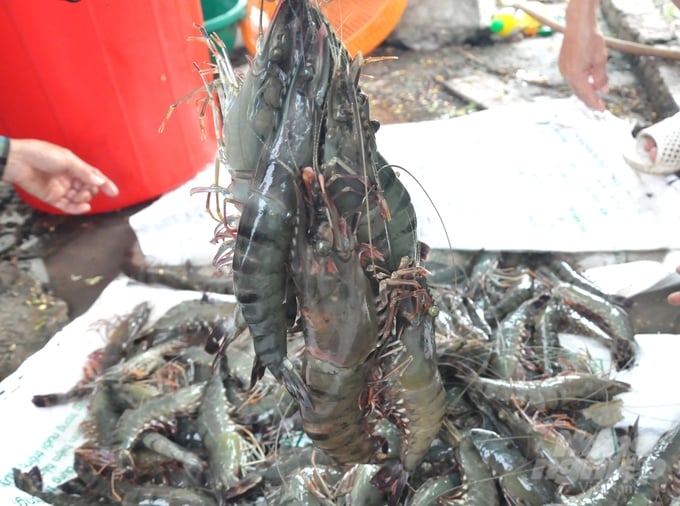
Selecting good seeds and applying remote disease prevention measures such as using biological products to strengthen resistance and increasing beneficial bacteria in the intestines help shrimp digest well, grow quickly and stay healthy. Photo: Trung Chanh.
Kien Giang is a coastal province in the West, stretching along the Gulf of Thailand, with advantages in coastal and inshore aquaculture. In 2024, Kien Giang implements an aquaculture plan with a total area of 300,000 ha, aiming for a harvest output of 365,000 tons.
Brackish water shrimp farming covers 136,000 ha, with an output of 130,000 tons, and sea crab farming covers 83,500 ha, with an output of 26,000 tons. The province's shrimp farming methods are fairly diverse, including intensive farming, semi-intensive farming, improved extensive farming, and shrimp - rice rotation farming.
The shrimp - rice farming model in particular is strongly developed in the districts of U Minh Thuong, with the main farming objects being black tiger shrimp, whiteleg shrimp and giant freshwater prawns. Farmers' current trend is to farm many objects in the same area, and the combination of black tiger shrimp and sea crab is the most popular.
The weather situation has not been favorable this year. In the first months, due to prolonged heat and many days of high temperatures, there is a big difference in temperature between day and night, adversely affecting the health of brackish water shrimp and commercial crabs, creating conditions for pathogens to develop.

In An Minh district, dozens of farming households have experienced unusual crab deaths, but the cause of the disease has not been clearly identified. Photo: Trung Chanh.
Information from Kien Giang Sub-Department of Livestock Production and Animal Health, in the first 8 months of 2024, the total damaged shrimp farming area in the province was 6,185 ha, mostly due to environmental damage (accounting for nearly 5,900 ha). The rest was because of white spot disease, acute hepatopancreatic necrosis disease (AHPND), infectious hypodermal and hematopoietic necrosis (IHHN), Enterocytozoon hepatopenaei (EHP), etc.
Particularly for farmed sea crabs, there was an unusual phenomenon of crabs dying, causing economic losses to the people, but the cause of the disease was not easy to identify. The total area of farmed sea crabs damaged in the extensive shrimp - rice - sea crab farming model was 53 ha, occurring in An Minh and U Minh Thuong districts. There are 12 households in An Minh district suffering damage in an area of 44 ha. In the case of U Minh Thuong, it is 3 households, with an affected area of 9 ha.
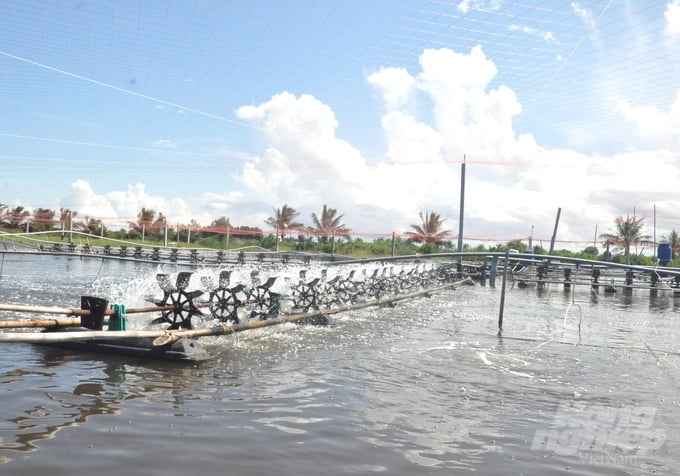
Kien Giang province’s agriculture sector encourages people to implement shrimp farming while following the Biofloc technology, the farming process with fewer water changes, or closed circulation models. The goal is to limit the discharge into the environment, avoiding the spread of disease. Photo: Trung Chanh.
In order to effectively raise shrimp and crab crabs, the specialized industry recommends farmers buy seeds with clear origin from establishments that guarantee quality control of parents and seed production.
Shrimp and crab seeds should be healthy and uniform in size, possess bright colors and normal function with no signs of disease. Farmers need to restock with the recommended crop calendar in mind, moderate density. Stocking too densely will lead to insufficient natural food in the farming area, affecting the growth and development of the seeds.
It is also advised to regularly check environmental factors such as pH, temperature, salinity, dissolved oxygen, and observe the activity of the crab and monitor the disease situation of the farming households in the area to have a disease prevention method in a timely manner. Remote prevention measures should be a key task, such as quarantine and use of biological products as it increases resistance and the beneficial bacteria in the intestinal tract which helps shrimp digest well, grow fast and healthy.
Specialized units encourage and guide people to implement shrimp farming while following the biofloc process, farming process with less water change, closed circulation models, farming in combination with animals with filtered feeding properties, or models applying biosecurity and VietGAP direction, Shrimp farming areas with frequent disease occurrence need to thin the crop, dry the bottom of the pond, and disinfect to ensure the right pond improvement process to avoid disease widespread.
When detecting shrimp and crabs showing signs of disease or death, farmers need to immediately notify the agricultural extension and veterinary staff to promptly coordinate and handle the situation, avoiding direct discharge into the non-treatment environment and causing pollution.
Translated by Samuel Pham
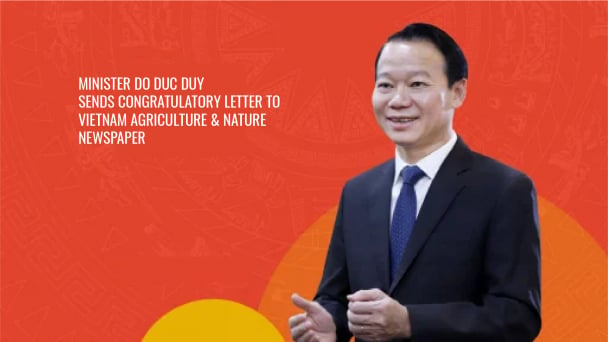
(VAN) The official launch of the first issue of the Vietnam Agriculture and Nature Newspaper marks a crucial milestone, establishing the Ministry of Agriculture and Environment’s official press agency.

(VAN) This launch marks a meaningful milestone, introducing Vietnam Agriculture and Nature Newspaper, the official press agency of the Ministry of Agriculture and Environment.
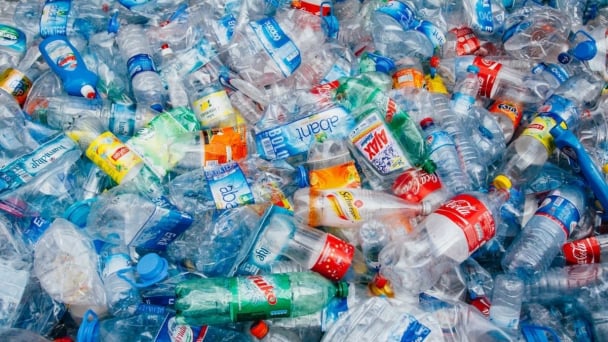
(VAN) This is one of the solutions under a project by the UNDP and the Norwegian Embassy in Vietnam to address challenges in municipal solid waste management.
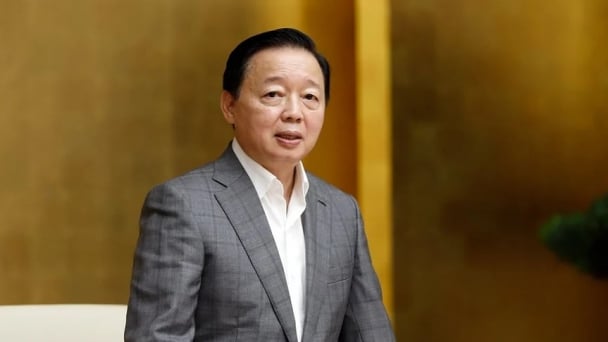
(VAN) Deputy Prime Minister Tran Hong Ha wishes that VAN News would continue to develop, become a symbol of pioneering journalism, and contribute to the agricultural and environmental sectors in the new era.

(VAN) CropLife Vietnam wishes to continue its collaboration with the Vietnam Agriculture and Nature Newspaper to promptly communicate scientific solutions and sustainable agricultural practices.

(VAN) Beijing recently asked South Korean companies not to ship products containing China's rare earth minerals to U.S. defence firms, the Korea Economic Daily reported on Tuesday, citing government and company sources.

(VAN) A new study from South Dakota State University reveals reductions in tillage intensity have led to an increase in soil organic carbon levels and an increase in corn and soybean yields.